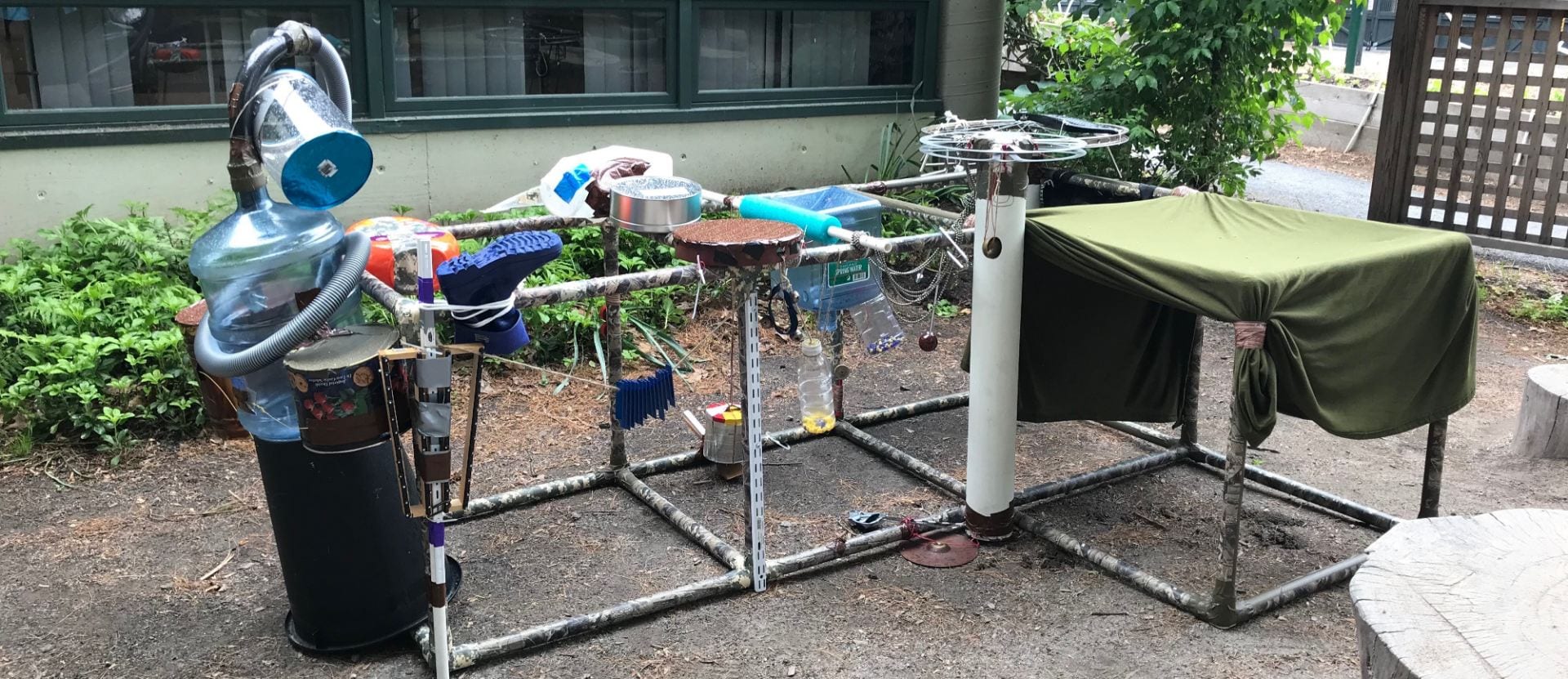
![]() The first phase of the EcoSonic Playground Project™ curriculum is a community outreach effort to support sustainability, in the form of a clean, safe recycled material collection. Students will think about lessening their immediate carbon footprint (the Eco in EcoSonic). Our aim with this part of the curriculum is to raise awareness of how small steps can make a difference in the wider goal of caring for the environment. Think of these activities as “crowdsourcing” environmental clean-up. The more groups we can involve in gathering reusable materials, the more of a real impact we can make on our communities.
The first phase of the EcoSonic Playground Project™ curriculum is a community outreach effort to support sustainability, in the form of a clean, safe recycled material collection. Students will think about lessening their immediate carbon footprint (the Eco in EcoSonic). Our aim with this part of the curriculum is to raise awareness of how small steps can make a difference in the wider goal of caring for the environment. Think of these activities as “crowdsourcing” environmental clean-up. The more groups we can involve in gathering reusable materials, the more of a real impact we can make on our communities.
TREASURE HUNT
Activity 1:
Collect clean reusable materials.
Place these materials around your school, classroom, or team room block.
Break up your class into teams of 2, 3 or 4 depending on class size and grade level.
Give each team a list of materials they will need to find, such as metals, plastics, wood, etc. (like a scavenger hunt).
Send the teams out to find the materials you have placed around your school, classroom or team room block.
Teams will bring back the treasure they find and put it in a collection bin that you have provided for them.
These materials will then be used for sound experimentation (see the Music activities page).
Activity 2:
Treasure tickets: These can say things like, “Find something metal” or, “Find something plastic” or even, “Find something that looks like a drum but is not a drum.”
Print out your Treasure Tickets, give one out to each student, and have your students write an instruction on their Treasure Ticket – OR – write your own instruction on each Treasure Ticket (depending on grade level).
Give these tickets to your students to take home with them.
Ask your students to bring in their Treasure Ticket item the next day.
If you are a music or other non-homeroom teacher, ask the homeroom teacher if she/he will either allow the students to drop off their items to your room that morning or if she/he will allow the students to store their collected materials in the homeroom until their next music class.
If you are a homeroom teacher, designate a space or bring in a container to store the materials.
Use these materials for sound experimentation (see the Music activities page).
Community Outreach Campaign
Research sustainability – gather data through websites (given below) and interviews with members of the community who work in environmental clean-up (for example, take a trip to the local recycling center).
Use this research to mount a campaign to raise environmental awareness. This campaign might include paperless communication through your school’s or organization’s social media and email.
As a component of the campaign, have students do community outreach to collect clean, reusable materials.
Create a drop-off center either in a classroom or outside on school grounds. (Bring in large containers or boxes to hold the collected junk until you are ready to use it).
Once you have collected enough materials, have students clean and sort them into types of materials.
Once the materials are sorted, begin the next phase of the project: Materials experimentation.
UNESCO | |
Resources 4 Rethinking | |
ESD Toolkit | |
Green Education Foundation | |
NEA: Environmental Education |
